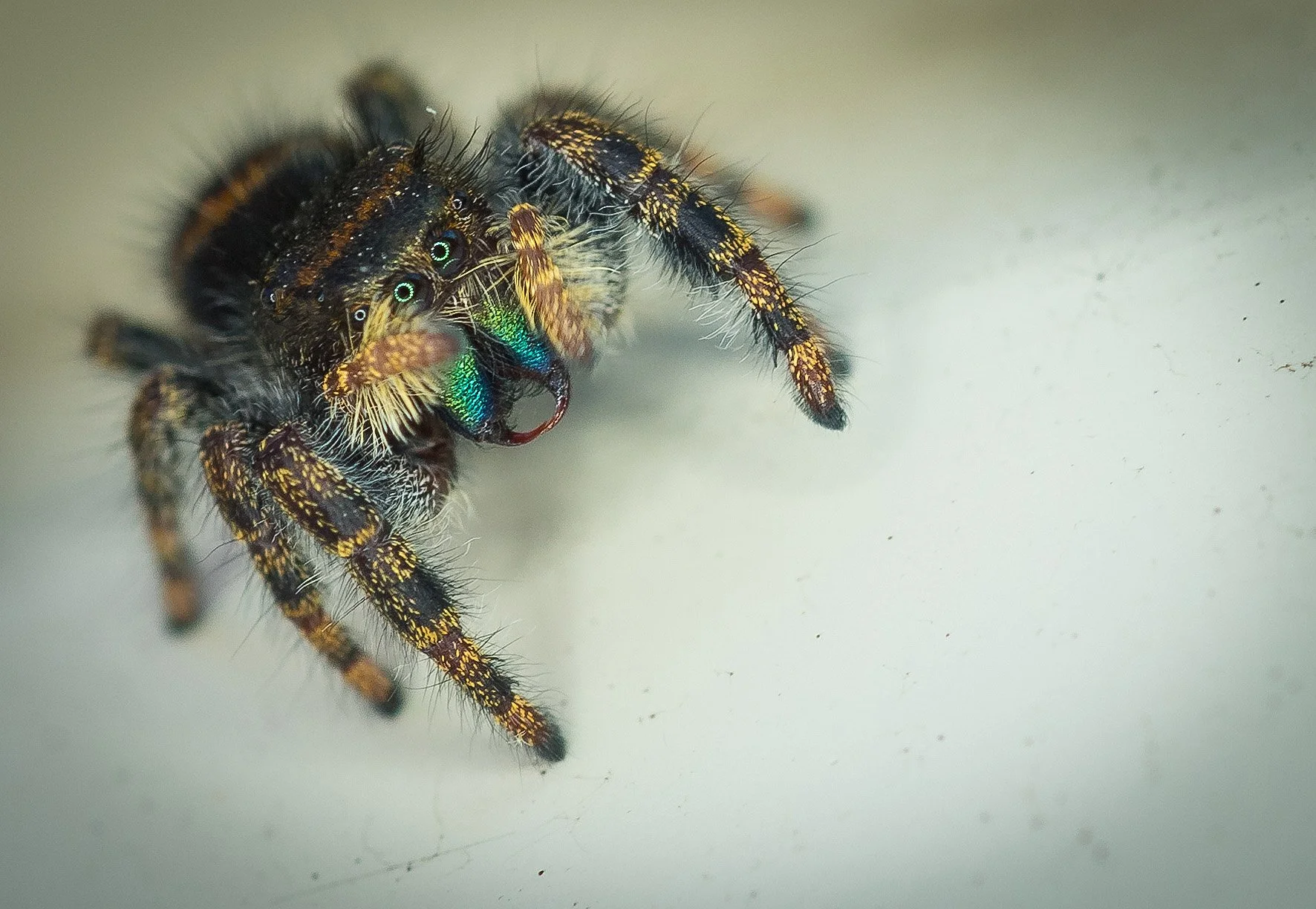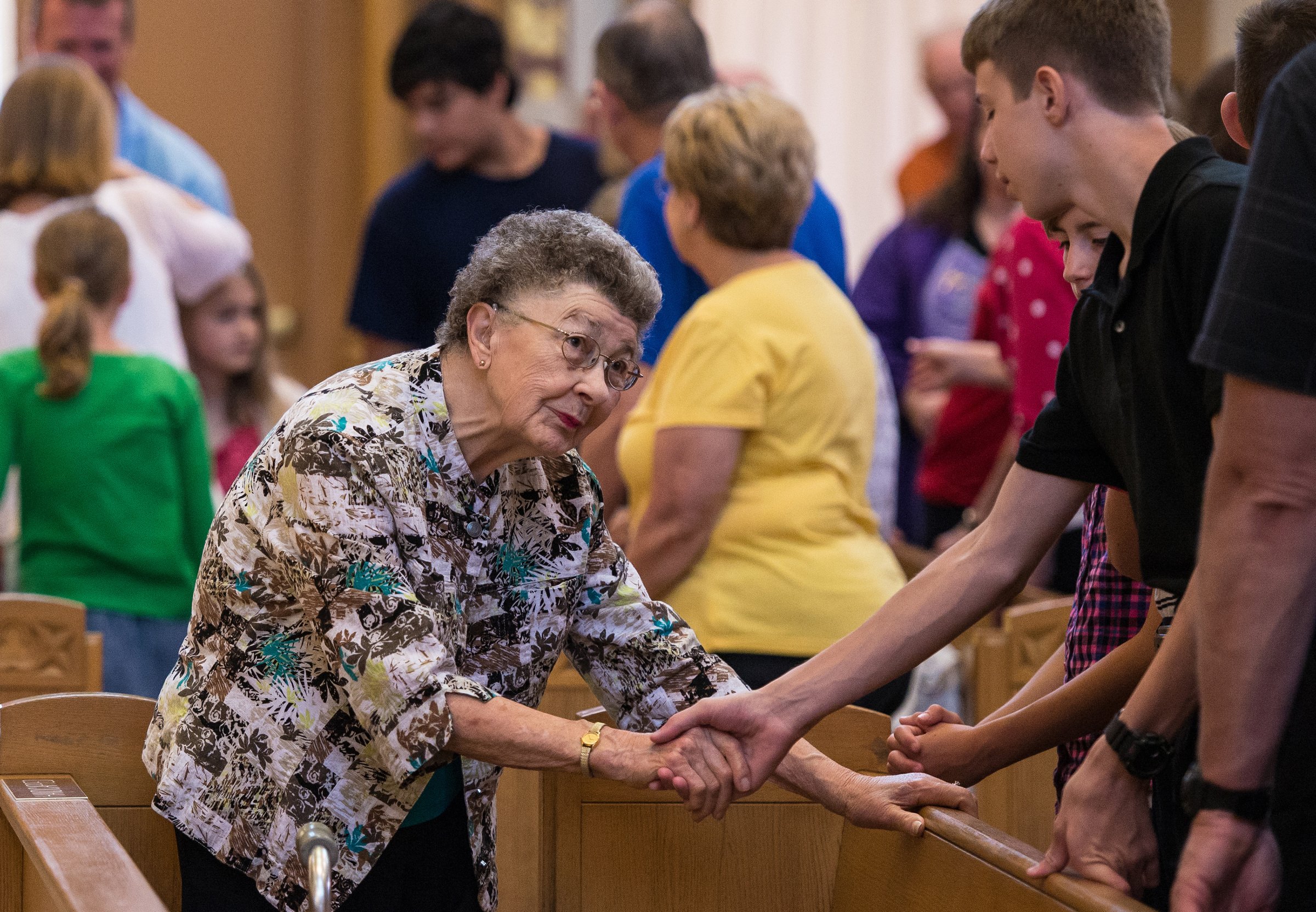Capture this: Confession
Is it a sin to photograph the sacrament of confession?
Anyone who follows social media posts related to religion, particularly Catholicism (see #CatholicTwitter), knows that there is as much conflict as there is consensus. For example, while scrolling through Twitter this morning I came across this innocuous tweet by Fr. Chris Vorderbruggen. (The priest’s Twitter — X, if you prefer — account has since been deleted.) His succinct message — Confession during world youth day — was accompanied by a photo of priests listening to confessions.
It didn’t take long for people to take offense at the image.
“Is it improper and unfitting to take a picture of a penitent confessing to a priest who is seen and seen seeing the penitent?” stated one poster.
In reply, Fr. Vorderbruggen responded:
“Don’t overthink things. That’s almost a form of scrupulosity. Find joy in the youth that so many people believe are lost to the world coming and confessing their sins and receiving absolution.”
That led another poster to cite the Code of Canon Law, noting that “the proper place to hear sacramental confessions is a church or oratory. … Confessions are not to be heard outside a confessional without a just cause.”
The priest’s reply to this and other comments sought to ease their consciences:
“Although this might be something new for you to see because you haven’t experienced it like that before, it happens quite often actually. For example, as a missionary, I’ve never heard a confession inside the confines of a confessional….”
As a photographer in the Catholic press, I’ve captured many images of people receiving the sacrament of reconciliation (confession). As with all other photographs taken in a religious setting, I take precautions not to be conspicuous. I try to respect my surroundings and those present.
Catholic publications require images that illustrate the topic at hand. A story on this sacrament will attract more readers with a well-composed image. Whenever possible, I try to focus on the priest and not the penitent.
Below is a slideshow of images I’ve taken over the years. If you have an opinion on this topic, please share in the comments.
A visit to Chimp Eden
Chimp Eden, located at the Umhloti Nature Reserve in Mpumalanga, South Africa, is a sanctuary for rescued chimpanzees.
One of the first stops during a February visit to South Africa and Namibia with my son Dominic was the Chimpanzee sanctuary sponsored by the Jane Goodall Institute. Chimp Eden is located at the Umhloti Nature Reserve in Mpumalanga, South Africa. The sanctuary, established in 2006, is home to chimps that have been misplaced from their natural habitats in Africa.
“The goal of the chimpanzee sanctuary is to rescue chimpanzees that have survived the bush meat trade, been orphaned, traded in the illegal pet market, or rescued from being traumatized for entertainment in circuses, beach resorts and night clubs,” according to the Chimp Eden website.
Our tour consisted of visiting two groups of chimpanzees housed at the sanctuary and listening to two tour guides who care for the chimps. Enjoy the photo slideshow and the short video embedded below.
Finding God in all things
Have you ever considered photography as a spiritual practice?
Have you ever considered photography as a spiritual practice? This was a topic I was asked to address a few years ago at the Norbertine Center for Spirituality in De Pere, Wis. It took me several months to put the presentation together. In addition to researching the topic, I contacted a few fellow photographers in the religious press and asked them to share their thoughts.
As fate would have it, the COVID-19 pandemic forced cancellation of my presentation. Instead, it sat inside my laptop for a year – until I decided to use the pandemic’s favorite tool (Zoom) and offer it as a video, which I posted to YouTube.
Here is a quick summary of the points I make in this video:
What does photography as a spiritual practice mean?
Is it limited to religious ceremonies? In my experience, photography as a spiritual practice entails much more than photographing religious services.
The saints and Scripture.
Next, I turned to the saints and to Scripture to help describe what photography as a spiritual practice can mean. First up was St. Ignatius of Loyola, who gave members of his religious order, the Society of Jesus, the directive: Find God in all things. Isn’t that what photographers do?
Other views of photography as spiritual practice.
In this segment, I share insights by Catholic press photographers Michael Alexander, Rick Mussachio, Fr. Don Doll, Jaclyn Lippelmann and Paul Haring. The most inspiring quote came from Michael, who has since retired as photographer for the Georgia Bulletin in Atlanta:
“I’ve always said I have never taken a photograph that God didn’t see first.”
Ways to find God in all things
The presentation concludes with tips on learning to find God in all things through photography, as well as a video of my favorite macro photography model: the jumping spider.
Jumping spider (Sam Lucero photo)The presentation (below) takes about 20 minutes. I have also attached a downloadable PDF of composition tips I planned to share at my presentation. I hope the tips and the video inspire you to pick up a camera and “find God in all things.”
UPDATE: I will be offering my presentation at the Norbertine Center for Spirituality on Saturday, Oct. 1, 2022.
A photographer’s take on the sign of peace
I think I speak for most Catholic photojournalists when I say, “We need gestures at Mass!”
Back in 2014, a letter from the Vatican’s Congregation for Divine Worship and the Sacraments, written to Latin-rite bishops around the world, focused on the sign of peace. After years of study and consultation, the congregation decided that the sign of peace would continue to be part of the liturgy. Local bishops, however, would have the authority to omit it if “it is foreseen that it will not take place properly.”
The letter also said that bishops should do what they can to end “abuses” of the greeting and study whether it’s time to find “more appropriate gestures” to replace it.
A worshipper shares the sign of peace with a young man during Mass in Green Bay, Wis. (Sam Lucero photo)Discussion on the practice of greeting fellow Mass-goers, shaking hands with them and saying, “Peace be with you” came more than two years after the revised Roman Missal was introduced. The revised missal also ushered in changes during the celebration of the Mass, including the laity no longer praying with hands extended (known as the orans position) during the Our Father. Instead, that gesture is reserved to the priest or leader of prayer. Folks in the pews are asked to pray with folded hands or hands at their side.
A lot of thought and discussion have been given to these decisions, both at the local level and on the universal church level. If the Vatican (or a diocesan bishop) decides to put an end to the sign of peace, people in the pews — reluctantly or not — will have to acquiesce. (We did see this happen during the COVID-19 pandemic, although for health and not liturgical reasons.)
While input from church liturgists, historians and theologians is considered when implementing rules on the use of gestures at Mass, the views of Catholic photojournalists are nowhere to be found.
Until now.
I think I speak for most Catholic photojournalists when I say, “We need gestures at Mass!”
I remember the days, during priestly ordinations, when the newly ordained would exit the sanctuary at the sign of peace and give a loving handshake, hug or kiss to his mother and father. Now that was a Kodak moment. This practice is no longer allowed, although I’m not sure when it ended — or how licit it was in the eyes of liturgists.
Holding hands or extending hands during the Our Father was also an opportunity for powerful images during Mass. Hands to the side? Not so much.
Worshippers hold hands while reciting the Our Father during Mass. (Sam Lucero photo)If we wanted stoic expressions to photograph, most Catholic photojournalists would head to the nearest traditional Latin Mass.
All kidding aside, church leaders know the importance of signs and symbols in religion and the liturgy. As a photographer — and thus a very visually oriented observer — I’d like to beg them to not eliminate the outward signs we use to express our love for Christ and his church.
windows depict life of St. Therese
These 16 stained-glass windows depict the life of the saint known as the “Little Flower.”
Several years ago, I had an opportunity to visit the Basilica of Holy Hill, National Shrine of Mary, Help of Christians, in Hubertus. I was asked by the Carmelite Friars to photograph all of the stained glass windows on the property. This not only included the upper Basilica, but the lower chapel, known as the St. Therese Chapel, the monastery and another prayer room.
The project required the use of hydraulic lifts to get close to eye level with the windows in the upper and lower churches. It was quite a rush ascending above the pews in the basilica — a view few people have experienced.
One of the recent additions at Holy Hill are new stained glass windows inside the St. Therese Chapel, which is dedicated to St. Therese of Lisieux. The 16 windows, created by Conrad Schmitt Studios of Milwaukee, depict the life of the saint known as the “Little Flower.” I have included a slideshow of the windows here for viewing.







